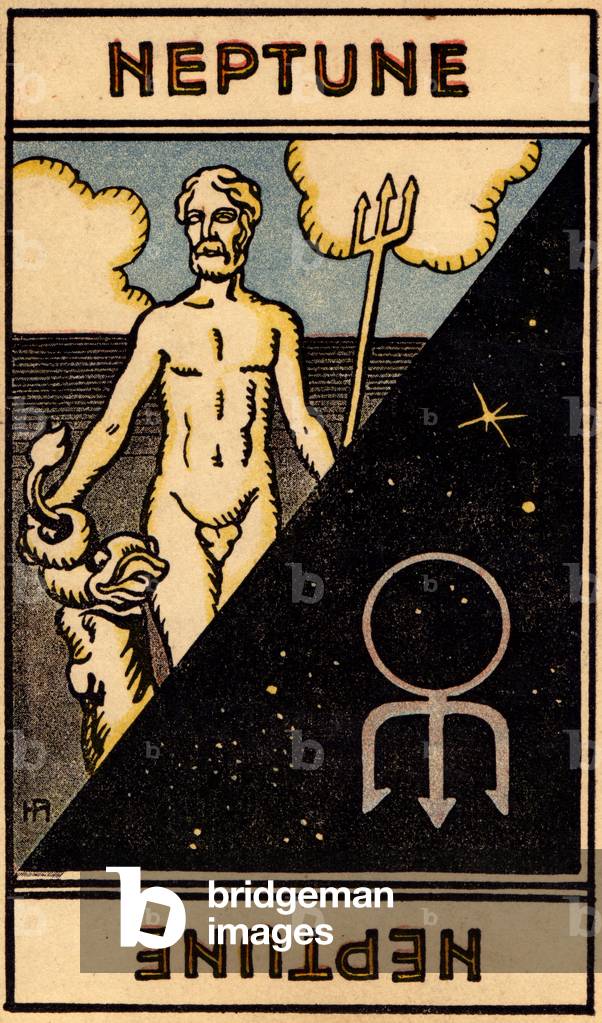
PIX4624055
Neptune from Triton - Illustration - Neptune from the surface of Triton - Neptune seen from the icy surface of his Triton satellite. White cirrus clouds race across a crescent Neptune as it presides over Triton's bleak and frozen south polar region. Sheets of frozen nitrogen ice with traces of other substances, including frozen methane and carbon monoxide, overlie Triton's darker material. The ice has turned pink due to the interaction with ultraviolet light from the distant Sun. Further south all of the surface of Triton is covered by such ices
DC






























































































































































